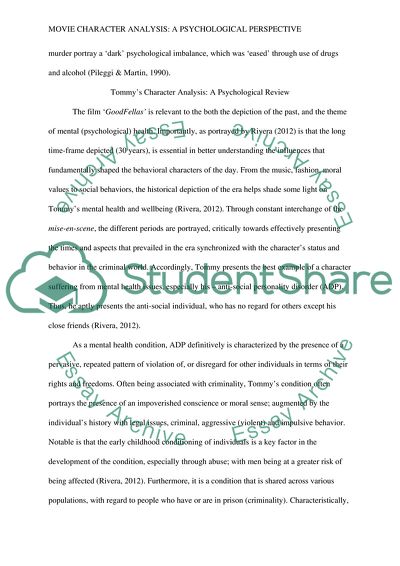Cite this document
(“Movie Goodfellas Essay Example | Topics and Well Written Essays - 2000 words”, n.d.)
Retrieved from https://studentshare.org/psychology/1685241-movie-goodfellas
Retrieved from https://studentshare.org/psychology/1685241-movie-goodfellas
(Movie Goodfellas Essay Example | Topics and Well Written Essays - 2000 Words)
https://studentshare.org/psychology/1685241-movie-goodfellas.
https://studentshare.org/psychology/1685241-movie-goodfellas.
“Movie Goodfellas Essay Example | Topics and Well Written Essays - 2000 Words”, n.d. https://studentshare.org/psychology/1685241-movie-goodfellas.


